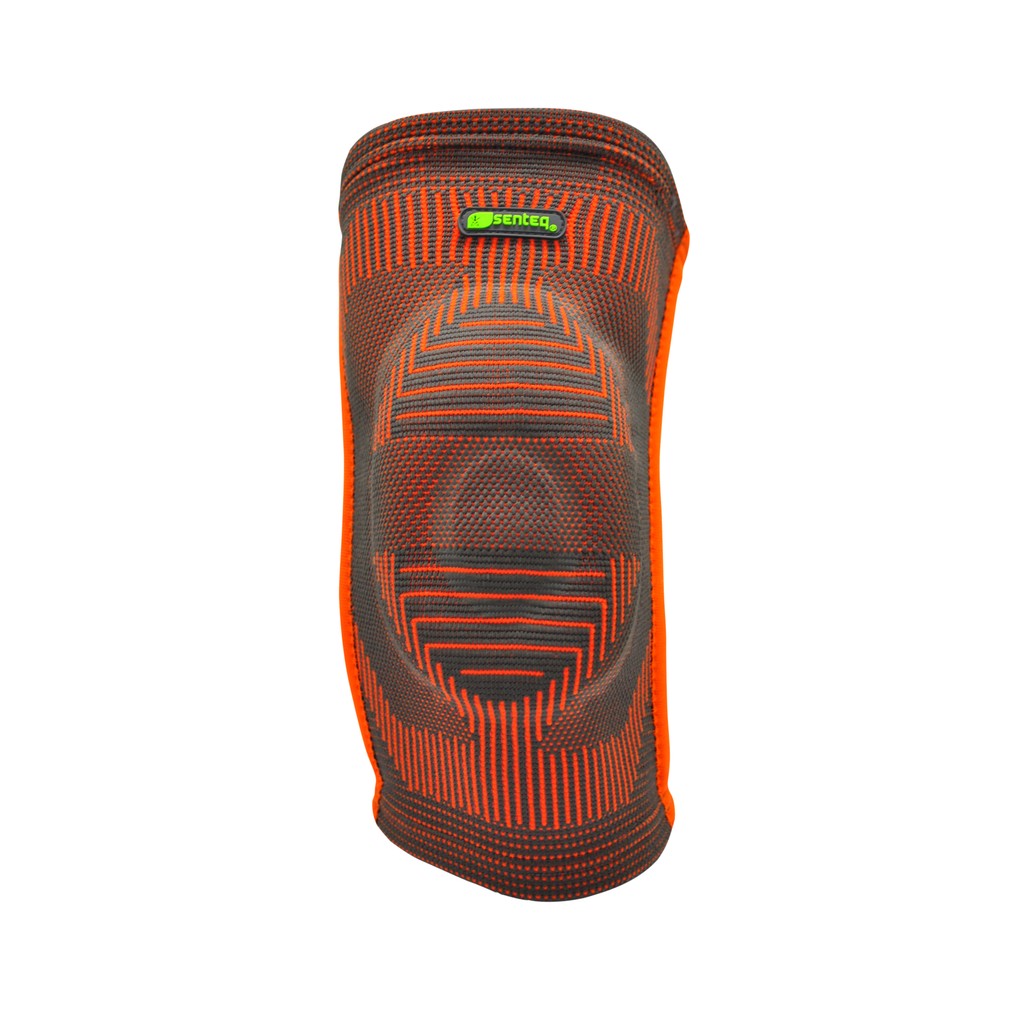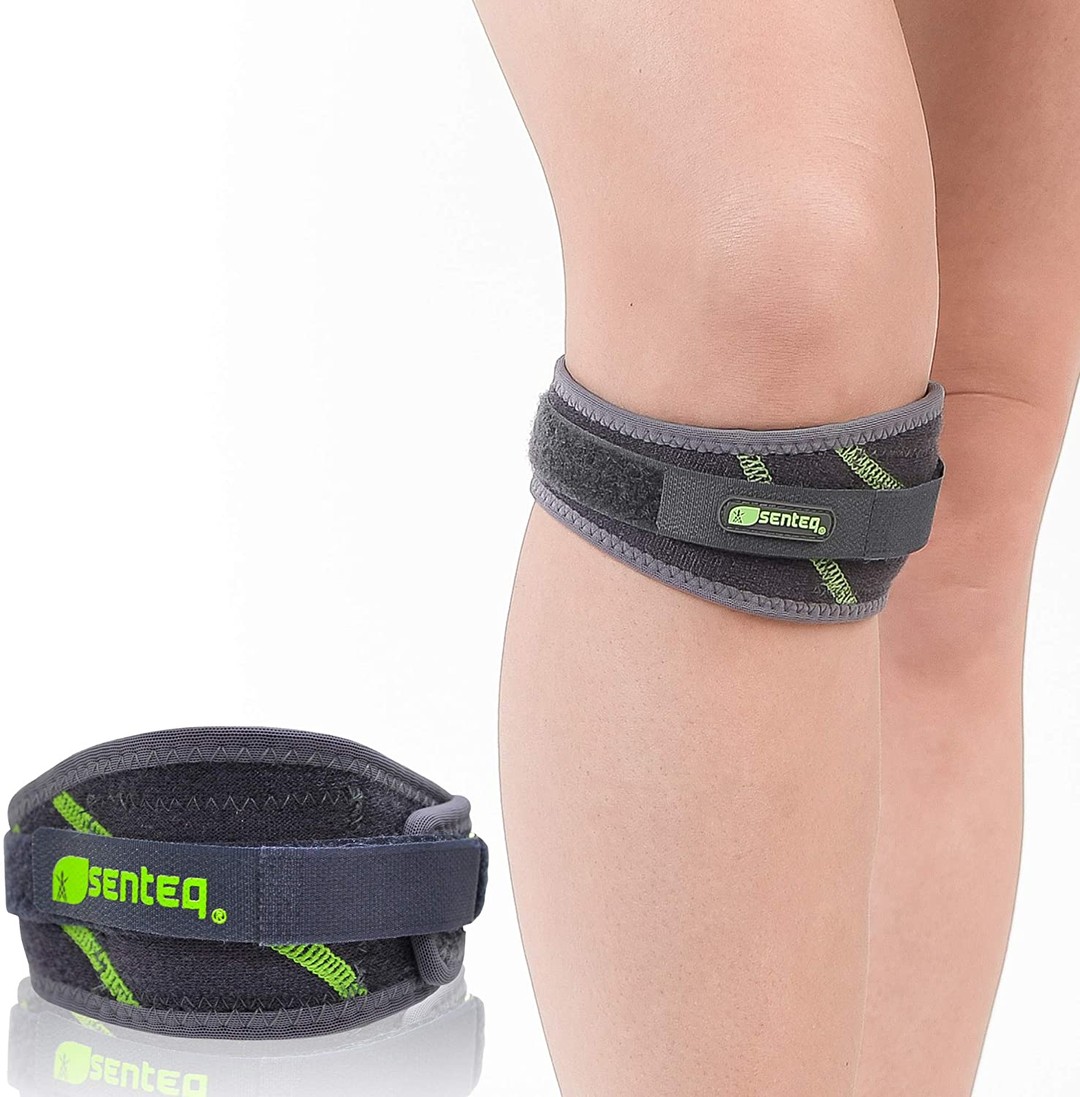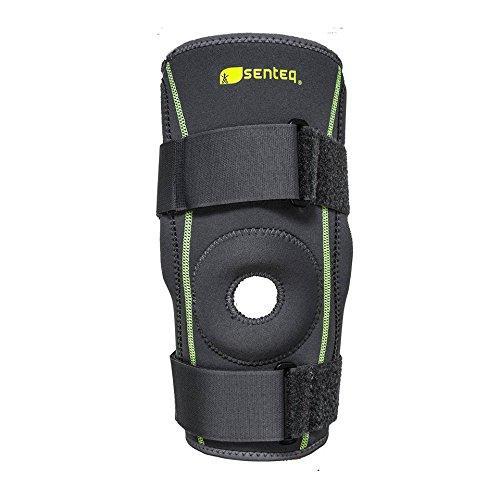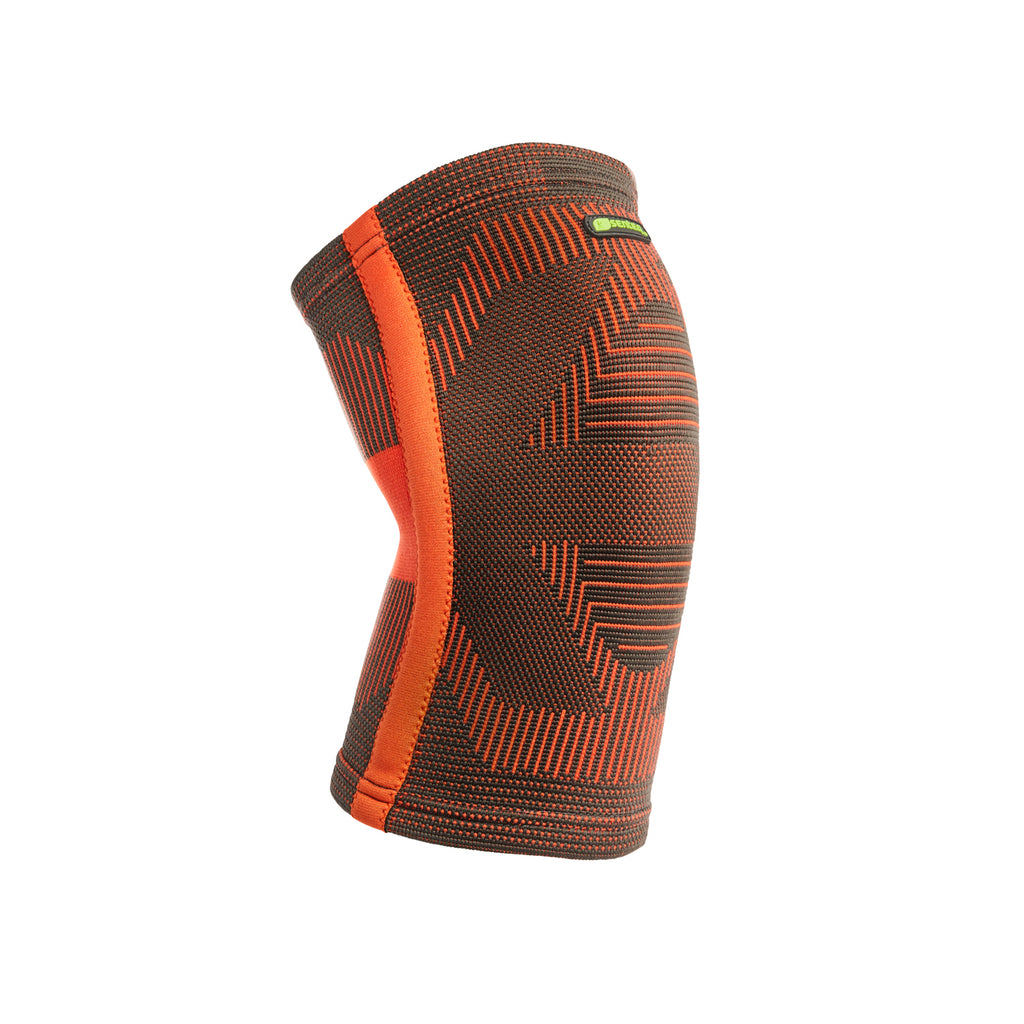Choosing the Right Knee Support: Which One Do I Need?
The use of knee supports is important for injury prevention or for keeping an injury from worsening. The goal of these supports is to reduce pain and promote stability without losing knee function.
As knee pain becomes more and more common, there’s no doubt that there’s an increasing demand for knee supports. However, there are various types of knee supports out there and each one is used for different reasons. They come in many sizes, colors, and designs which make choosing the right one for you a daunting task.
Here’s a simple guide to help you pick the best knee support for your need.
TYPES OF KNEE SUPPORTS/BRACES
Knee Sleeves
Knee sleeves are the most common type of knee support which slides over the knee. They are perfect for people with an active lifestyle. Knee sleeves are ideal knee support for minor injuries and mild knee pain. They improve and promote blood circulation, provide warmth and compression which helps relieve swelling and pain. Some knee sleeves come with a gel pad which provides additional protection.
Hinged Knee Braces
These types of knee support consist of one or two bars with hinges and can stabilize the joint and support an injured knee. They remove unwanted stress on the injured joint and can limit movement that’s why most doctors often recommend hinged knee braces after surgery. They are also ideal for people who need a higher level of protection while doing certain physical activities.
Patellar Straps
One of the most common causes of knee pain is patella-femoral pain syndrome sometimes called “jumper’s knee” or “runner’s knee”, which is the pain around your kneecap. A patellar strap helps in this situation. It is applied under the knee cap and is said to ease the stress on the patellar tendon, thus reducing pain and preventing fatigue.
THINGS TO CONSIDER
When to wear a knee support/brace?
It is important to know when and how long you should wear a knee support. Your doctor can help you decide based on your condition. Knee supports help relieve pain and protect your knees from injuries and it’s better to keep in touch with your doctor to get the maximum benefit.
How do I use a knee support/brace?
You should wear your knee support as directed by your doctor or physical therapist. It will depend on what kind of knee support it is and your injury. Your doctor may advise you to wear it at all times or only while doing sports or physical activities.
How tight should the knee support/brace be?
Any knee support shouldn’t be too tight nor too loose. You should feel comfortable while wearing it. You want to ensure that your knee support is fitted properly. If it’s too tight, you’re losing circulation. This can cause numbness, swelling, discoloration, and tingling in your leg.
One simple method that you can use to ensure proper knee support tightness is the two-finger method. Slide your two fingers under the knee support. If they can’t fit under the support, then it’s too tight. If they slide easily, then it’s too loose. Always inform your doctor or therapist if you feel that your knee support is ill-fitted.
How to ensure proper knee support/brace fit?
Ensuring the right knee support/brace size will give you maximum results. Always check with your doctor as he/she may prescribe a specific brace. Knee support sizing can be tricky. Here are a few guidelines on how to measure for a knee support/brace:
- Place the end of a flexible measuring tape in the middle of your knee, extend it up 6”, and make a mark.
- Place the end of the measuring tape at the mark, and wrap it around your leg.
- Place the end of the measuring tape in the middle of your knee, extend it down 6”, and make a mark.
- Place the end of the measuring tape at the mark, and wrap it around your leg.
Please note that it’s better to have a friend or family member help you to get a more accurate measurement.
Why is proper knee support/brace fit important?
Knee supports/braces are structured for immobilization. They are designed to offer compression and improve circulation. But an ill-fitted knee support/brace can make your condition worse and impair your full recovery. These can lead to stiffness and even more pain.
How to choose the right knee support/brace?
There are different knee supports for every knee problem or injury. Choosing the right knee support for you is extremely important. It should be based on major factors such as the type of injury, the amount of motion your knee should be getting, and the level of protection you need. Be sure to check with your doctor or physical therapist. They can help you choose the right knee support.
Wearing knee supports/braces is helpful but they shouldn’t replace proper treatment, training, and strengthening exercises.











